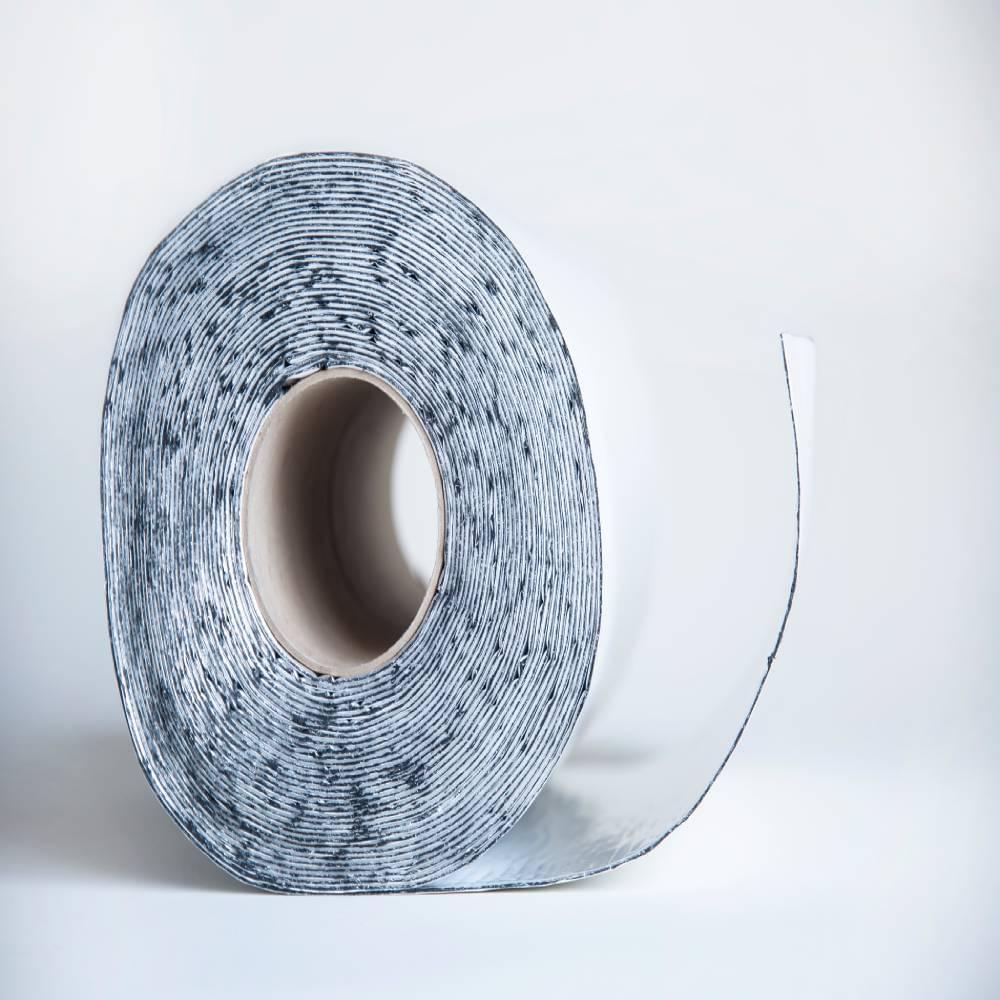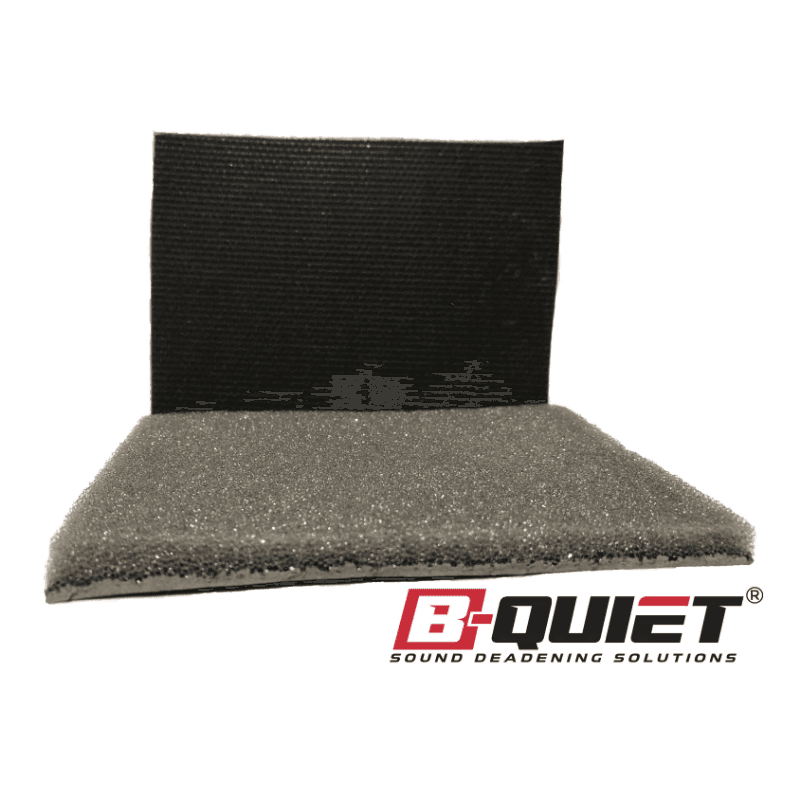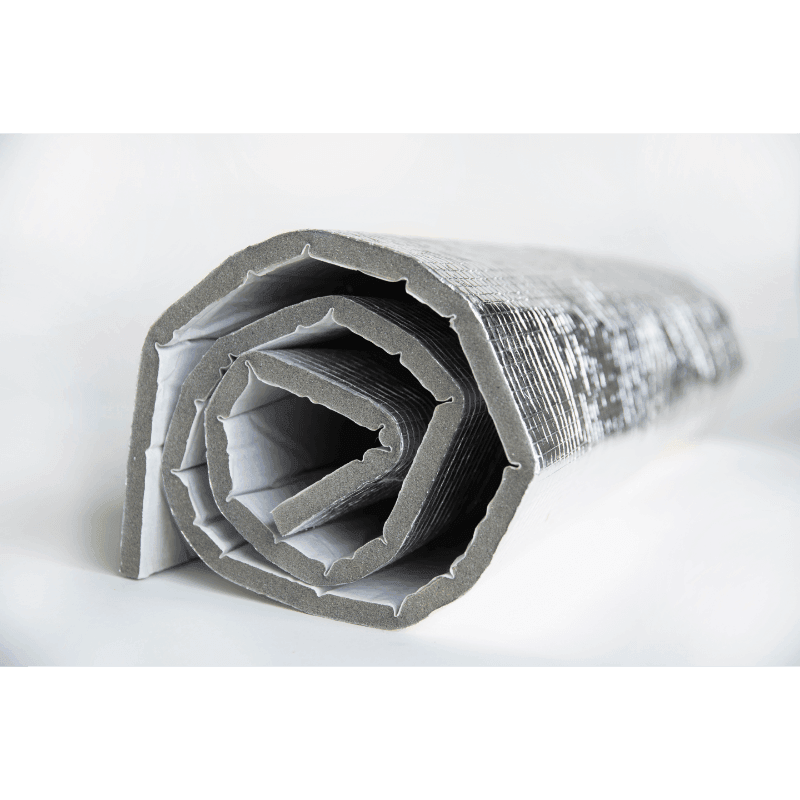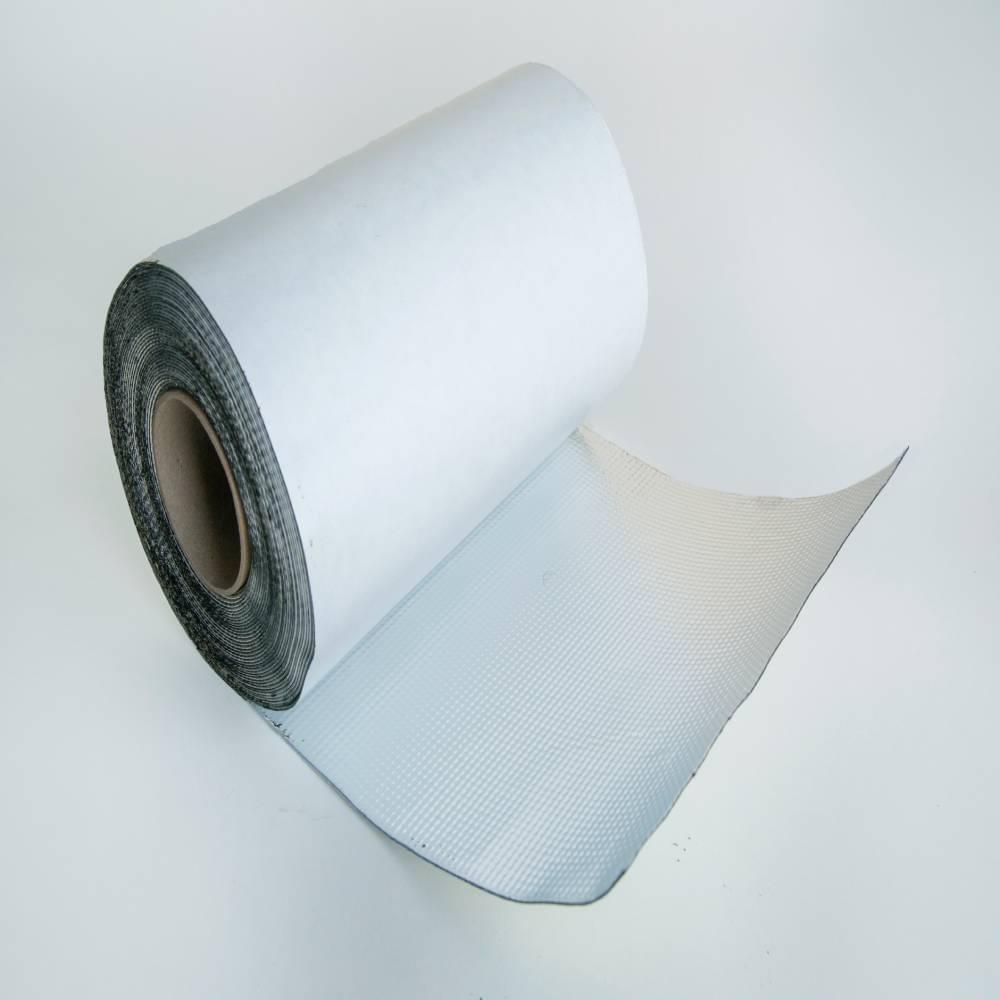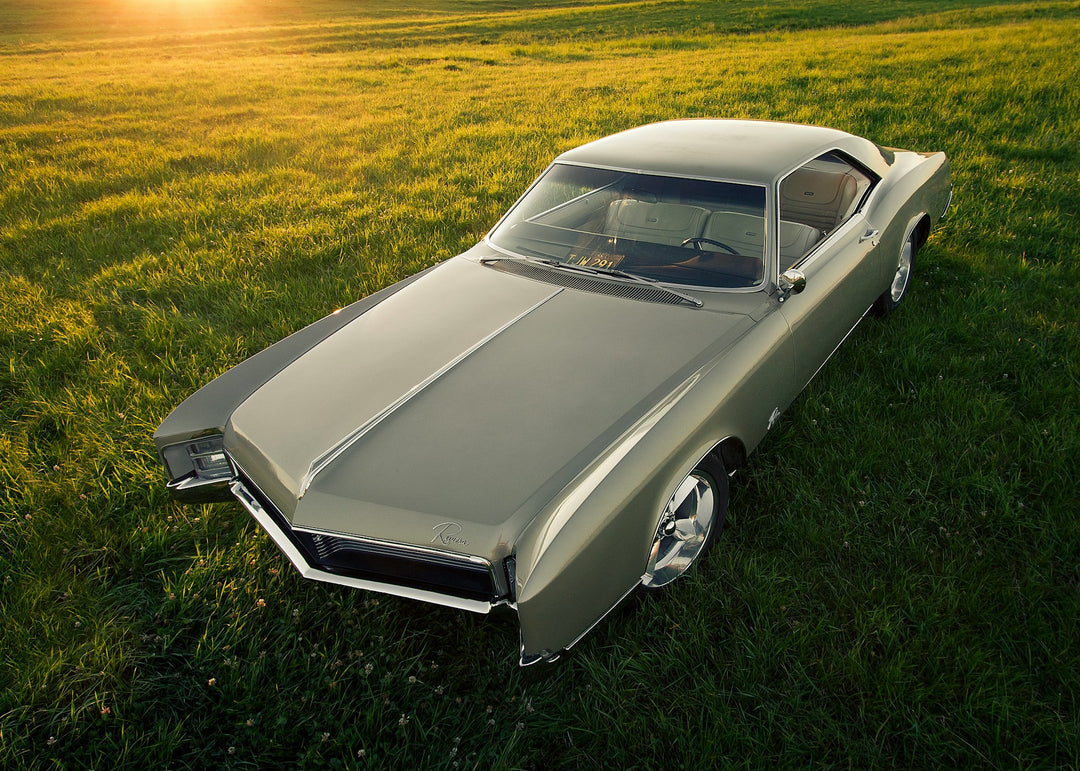Sound Deadening for Electric Vehicles: Enhance Your Driving Experience
Electrical vehicles (EVs) have garnered significant attention and adoption in recent years due to their eco-friendly nature and cost-effective operation. While electric vehicles are quieter than their traditional counterparts, they can still be susceptible to various types of noise that can compromise the tranquility and comfort of their cabins. As EV owners seek to amplify the serenity and driving experience of their environmentally-friendly vehicles, sound deadening solutions can play a pivotal role in providing the noise reduction and comfort enhancement required.
From tire noise and road vibrations to wind noise and sounds generated by electronic components, noise infiltration in EVs can detract from the overall driving experience. Sound deadening materials, when properly installed in an electric vehicle, not only address these noise concerns but also contribute to enhancing the performance efficiency of the vehicle. With reduced noise levels, electric vehicle occupants can appreciate a comfortable, peaceful environment throughout each journey.
In this comprehensive guide, we'll explore the world of sound deadening solutions designed specifically for electric vehicles. We'll discuss the types of noise that commonly infiltrate EV interiors, the most effective sound deadening materials to combat these issues, and professional recommendations for their installation and maintenance. Discover how sound deadening solutions can elevate your electric vehicle experience, enabling you to indulge in the silent, smooth performance that defines an eco-friendly drive.
Common Noise Sources in Electric Vehicles
While electric vehicles are noticeably quieter than gas-powered cars, they still encounter specific noise sources that can detract from a peaceful cabin environment:
Road and Tire Noise
The interaction between your vehicle's tires and the road surface can create significant noise, particularly at high speeds or on rough terrain. Road imperfections and the tire's tread pattern can contribute to noise transmission within the EV cabin.
Wind Noise
Wind noise is another common source of noise infiltration in electric vehicles. As air flows around your vehicle, it can generate turbulence, entering your EV cabin through gaps in windows, doors, and other body panels.
Electronic Component Noise
The various electric components that power your EV, such as the electric motor, battery, and other systems, can produce noise while in operation. These noises, though generally subtle, can contribute to the overall noise levels experienced within the vehicle.
Vibrations and Structural Noise
The vibrations produced by your EV's suspension system and other components can contribute to noise transmission through the vehicle structure, adding to the overall noise levels inside the cabin.
Effective Sound Deadening Materials for Electric Vehicles
To combat the noise sources common to electric vehicles, consider using these sound deadening materials for optimal noise reduction and enhanced cabin comfort:
Damping Mats
Damping mats made from materials such as butyl rubber, asphalt, or mass loaded vinyl (MLV) are designed to absorb vibrations and dampen noise created by the vehicle structure and other components. Application areas can include doors, floors, and wheel wells to provide maximum noise reduction.
Closed-Cell Foam
Closed-cell foam provides dual benefits – it absorbs vibrations and dampens noise. This foam can be applied to the walls, floor, or ceiling of your EV to create a more comfortable, quiet environment for passengers.
Acoustic Foam Panels
Acoustic foam panels are designed to control and absorb sound waves. Strategically placing these panels on select surfaces within your EV cabin can help soften lingering noise and generate a more serene atmosphere.
Weather Seals and Gaskets
Enhancing the seals and gaskets around your EV's windows, doors, and other body panels can help reduce wind and exterior noise infiltration, creating a more peaceful driving experience.
Expert Installation Methods for Electric Vehicle Sound Deadening
To achieve optimal noise reduction in your electric vehicle, adhere to these expert installation techniques:
- Measure and Cut Precisely: Accurately measure each surface and cut sound deadening materials to fit accordingly for the most effective noise reduction.
- Clean Surface Areas: Thoroughly clean surfaces before adhering sound deadening materials. This ensures a strong bond between the material and the vehicle.
- Follow Manufacturers' Instructions: Each sound deadening material may require unique installation methods. Adhering to manufacturers' guidelines is crucial to the performance and longevity of your sound deadening solution.
- Seal Gaps and Overlap Material: To create an effective sound barrier, make sure to seal any gaps and overlap material when necessary to prevent noise leakage.
Maintenance Tips: Prolong the Efficiency of Your Sound Deadening Solutions
To maintain the performance and longevity of your EV's sound deadening materials, follow these essential care tips:
- Inspect Materials Periodically: Regularly check your sound deadening materials for wear, damage, or detachment, addressing concerns promptly to maintain their effectiveness.
- Keep Your EV Cabin Clean: A clean cabin is an essential element in preserving the performance efficiency of your sound deadening solutions. Keep sound deadening materials free of dust, debris, and grime.
- Monitor Moisture Levels: Be vigilant about excessive moisture or water damage that could degrade sound deadening materials or lead to mold and mildew issues. Address any concerns immediately to protect the longevity of your solutions.
Conclusion
Incorporating sound deadening materials in your electric vehicle can greatly enhance your cabin experience through reduced noise levels and improved comfort. By selecting the appropriate materials, employing expert installation techniques, and maintaining their performance over time, you can elevate your EV driving experience to new heights.
Enjoy the tranquil, serene ambience that defines electric vehicle driving by utilizing sound deadening materials that optimize cabin comfort and performance. Soak in the peace of your emission-free journeys while maintaining a comfortable, quiet environment, reflecting the innovation and sustainability inherent to the electric vehicle market.




